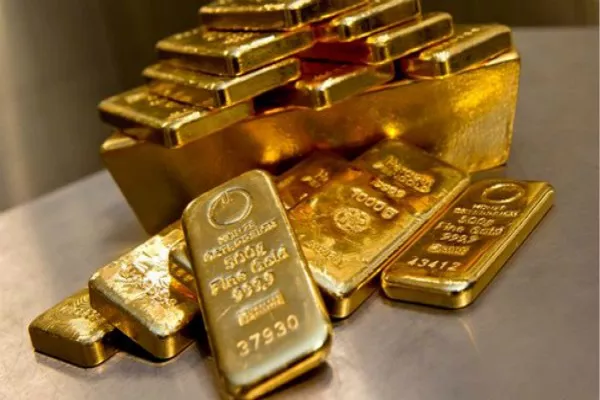While generalist investors largely overlook the gold market, recent price action has been compelling, with the precious metal consistently rallying despite shallow corrections being bought. Analysts highlight that gold investors have ample reason to take profits, especially with fluctuating expectations surrounding Federal Reserve monetary policy.
The shift began last Friday when a strong jobs report compelled markets to dismiss predictions of a 50 basis point rate cut in the upcoming month. This momentum continued this week, as consumer inflation surprised on the upside, with the core Consumer Price Index rising by 3.2% year-on-year.
Even though expectations for aggressive easing have been tempered, analysts emphasize that the gold market’s dynamics extend beyond any single monetary policy decision. While another significant rate cut may not be imminent, the Federal Reserve is expected to maintain a trajectory of easing interest rates, even with persistent inflation concerns.
The effects of the Fed‘s monetary policy shift are evident globally. The World Gold Council (WGC) reported that North American investors, who have been largely absent this year, led inflows into gold-backed exchange-traded funds (ETFs). In September, North American-listed funds saw an influx of $1.36 billion, contributing significantly to global inflows of $1.4 billion.
Historically, gold prices tend to rise during new easing cycles, with an average increase of 6% in the first six months. This trend appears to be unfolding once again, indicating a renewed interest in gold despite the current economic climate.
Central Bank Demand and Secret Purchases
U.S. monetary policy is just one of the factors bolstering gold prices. Central banks around the world remain net buyers of the yellow metal, although China has not made official purchases for the past five months. As central bank demand continues to dominate the market, questions arise regarding the opacity of these transactions.
Precious Metals Analyst Jan Nieuwenhuijs recently suggested that Saudi Arabia may have acquired approximately 160 tonnes of gold since 2022. This speculation aligns with findings from the WGC’s latest Global Trends Report, which indicated that 67% of central bank purchases were unreported in the second quarter, hinting at secretive buying practices.
Adding to the intrigue, Russia has joined the ranks of central banks potentially buying gold discreetly. A line item in its Draft Federal Budget reveals plans to allocate 51 billion rubles (approximately $535.5 million) over the next three years to bolster its precious metals reserves, including gold, silver, and platinum group metals. This marks a strategic move for Russia, which previously liquidated its platinum and rhodium reserves in 2012, recognizing the necessity of maintaining critical stockpiles as a significant producer.
The Broader Context for Gold
In the context of ongoing domestic inflation pressures and the declining dominance of the U.S. dollar as the world’s reserve currency, gold has shown resilience. As global economic uncertainties loom, investors are increasingly inclined to seek opportunities to purchase gold at favorable prices. This behavior underscores gold’s enduring appeal as a safe haven asset in tumultuous times.
In conclusion, while the broader investment community may be slow to engage with gold, the metal’s underlying fundamentals remain robust. Central bank activities, coupled with fluctuating monetary policies and inflationary pressures, suggest that gold will continue to play a crucial role in diversifying and safeguarding investment portfolios. As the economic landscape evolves, gold stands out as a resilient and attractive option for investors looking to navigate uncertainty.
You Might Be Interested In
- Caution Urged for Gold Investors Amid High Macro Fund Positioning
- UBS Analysts Remain Bullish on Gold, Forecast Prices to Reach $3,000 by 2025
- Silver Prices Hold Steady Amid Market Fluctuations


